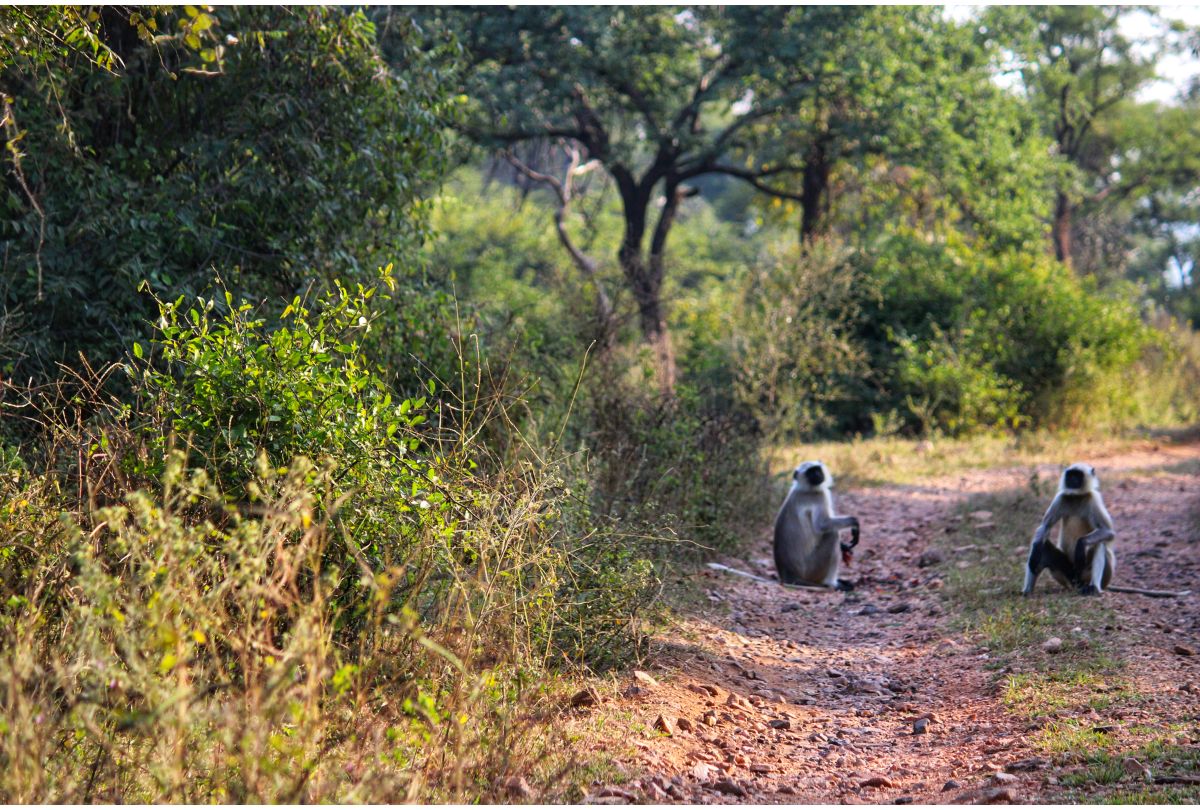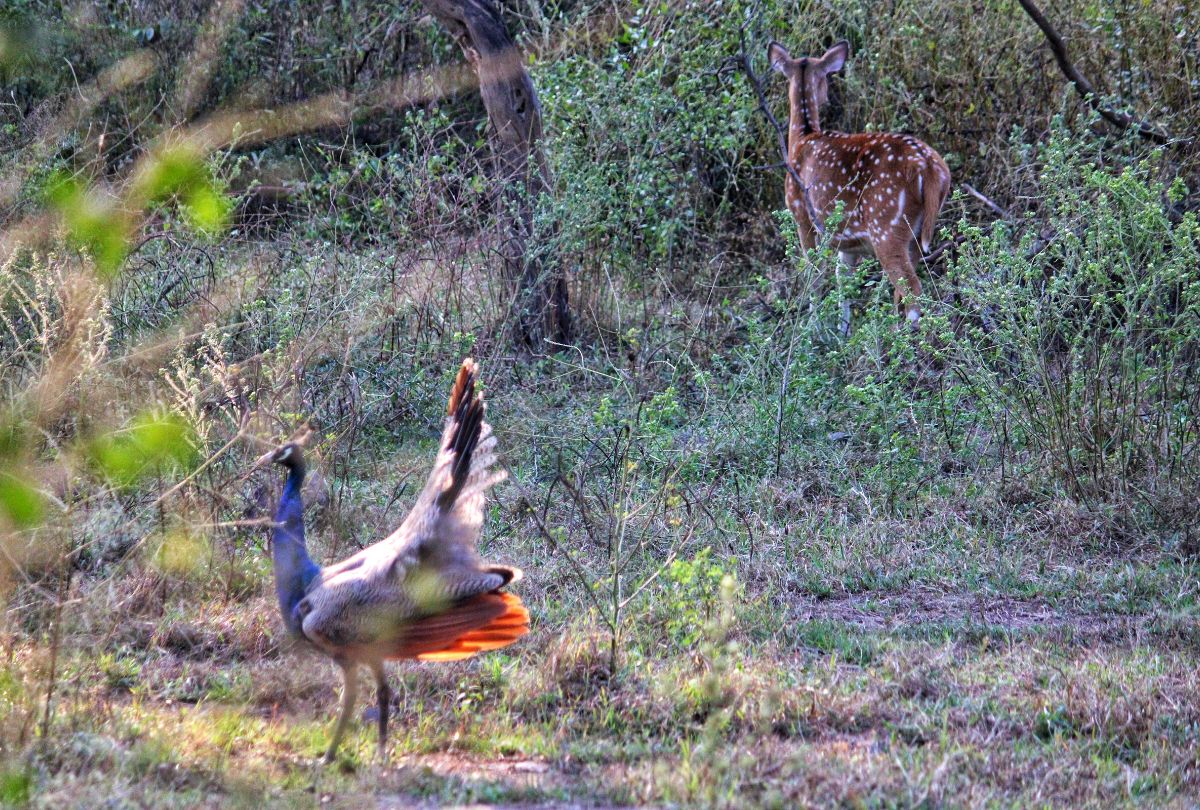
Sariska Is A Combination Of Dry Deciduous And Tropical Forest And Supports Number Of Large And Small Mammals. Sariska Is The Western Most Distribution Limit Of Tigers. Tigers And Leopards Are The Biggest Mammalian Predators In STR. Mammals Are Warm-Blooded Vertebrates. Their Visible Characteristics Are Mammary Glands, Hair On The Body. They Have A Higher Intelli- Gence Than Reptiles And Birds. Mammals Occupy Both Terrestrial And Aquatic Spaces. Mammals Are Carnivores (Eat Meat), Herbivores (Eat Vegetation) And Omnivores (Eat Both Meat And Vegetation) And All Of These Are Found In STR. Some Mammals Belonging To Different Groups But Occupying The Same Environment Have Over Millions Of Years Evolved Looking Very Similar, Like The Antelope And Deer. However, Antelopes Belong To The Cattle Family Bovidae And Deer Belong To The Deer Families Cer- Copethicidae, Moschidae And Tragulidae. Deer Have Antlers That Are Shed And Regrown Every Year. Antelopes Have Two Permanent Un- Branched Horns, Which Have Annual Growth Rings And Are Hollow. Barring A Few Exceptions, Both Males And Females Have Horns. The Main Carnivores Are The Tiger, Leopard, Jackal, Wolf And Hyena. Smaller Mammals Are Caracal, Jungle Cat, Ratel, Small Indian Civet, Common Mongoose, Ruddy Mongoose, Palm Civet, Pangolin, Porcu- Pine And Rufous-Tailed Hare.


The principal herbivores here are Nilgai, Sambar, Spotted deer, Four-horned antelope and wild boar. The density of Nilgai and Sambar is very high in the Reserve. The most common primates are the Common Langur and the Rhesus Macaque. After Tigers disappeared from STR, the Leopard became the main predator. Leopards generally prey on the young and the females of the smaller mammals. This has resulted in an increase of Sambhar and Nilgai population (hunted by Tigers) and has created an imbal- ance in the food chain. A skewed ratio between predator and prey has disturbed the equilibrium in the ecosystem.